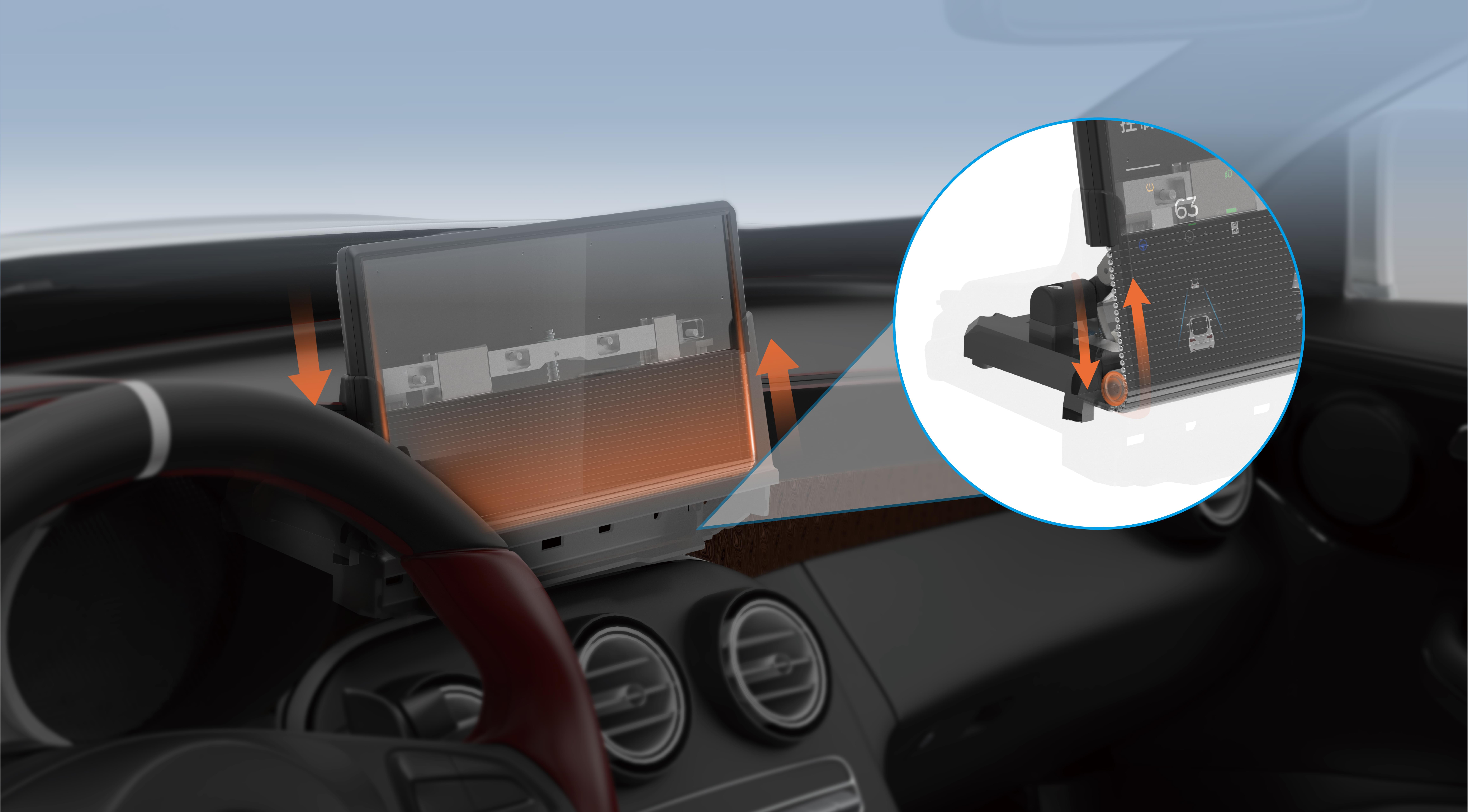Sure! Let’s dive into the world of micro servo motors and the art of attaching things—because nothing beats that satisfying click when everything snaps into place just right. Whether you're tinkering on a DIY project, building a robot, or fine-tuning a model airplane, knowing how to attach components properly can make or break your effort.

First up, understanding the micro servo motor itself. It’s tiny but mighty, often used for precise movements in tight spaces. The output shaft? Usually small, maybe 15-25 mm in length. When attaching something like a lever, arm, or wheel, you want that connection to be firm but not overstressed.
So, how do you actually attach stuff? The simplest way is using a servo horn or arm—those plastic or metal attachments that sit snugly on the servo’s shaft. Most come with multiple mounting points, so you can choose the right length or angle for your setup. But here’s a trick: always ensure the horn is aligned perfectly at 90 degrees with the servo’s center line. This keeps movements smooth and reduces strain.
Now, attaching your component? Let’s say you’re attaching a small arm—first, insert the horn onto the servo shaft, then secure it with the included screw. It’s all about pressure and fit. Tighten too much, and you risk damaging the servo shaft or stripping the screw thread. Not tight enough? The arm might slip when the servo whirls to a new position. Testing different tightness levels on a scrap piece can save you headaches later.
What about attaching a gear or wheel? It’s simple. Use a set screw or small bolt. Sometimes, a small washer helps distribute the pressure evenly, preventing any damage to delicate surfaces. If you want extra security, a drop of thread-locking compound can prevent loosening over time—but don’t go overboard, especially if you need to fine-tune or replace.
Here’s a quick thought—think about the weight and force your attached component will exert. If it’s heavy or has a lot of resistance, you might need a more robust attachment method, like a metal shaft coupling or a stronger screw. Otherwise, the first bump or torque can throw everything out of whack.
And what about resizing or customizing? Sometimes, a custom 3D-printed arm fits perfectly, offering a snug fit and unique shape. Or maybe a quick drill and some small rivets do the trick. Flexibility is your friend here.
Ever wondered why some attachments seem to slip or wobble after a while? It’s often because the fit wasn’t reliable enough or the screw loosened up due to vibrations. Regular checks and a good tightening habit solve those issues.
In the end, attaching to a micro servo motor isn’t just about securing something; it’s about creating a dependable, smooth movement interface. With the right tools, patience, and maybe a bit of trial and error, you’ll get things gliding precisely every time. And that satisfying click? That’s the sign you nailed it.
Established in 2005, Kpower has been dedicated to a professional compact motion unit manufacturer, headquartered in Dongguan, Guangdong Province, China. Leveraging innovations in modular drive technology, Kpower integrates high-performance motors, precision reducers, and multi-protocol control systems to provide efficient and customized smart drive system solutions. Kpower has delivered professional drive system solutions to over 500 enterprise clients globally with products covering various fields such as Smart Home Systems, Automatic Electronics, Robotics, Precision Agriculture, Drones, and Industrial Automation.




































